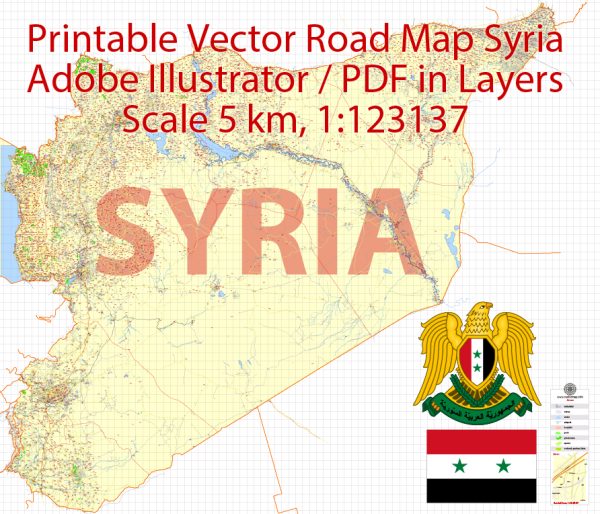Agriculture has historically been a significant part of Syria’s economy and culture. The country’s diverse landscape, with a range of climates and terrains, has allowed for various types of agricultural activities. However, it’s important to note that my knowledge is based on information available up to September 2021, and the situation in Syria may have evolved due to ongoing conflicts and political changes.
Key aspects of Syria’s agriculture include:
- Crops: Syria has traditionally grown a variety of crops, including wheat, barley, rice, cotton, and various fruits and vegetables. Wheat and barley, in particular, are important staples in the Syrian diet.
- Livestock: Livestock farming is an essential part of Syrian agriculture. Sheep and goats are commonly raised, and dairy production is significant.
- Irrigation: Irrigation plays a crucial role in Syrian agriculture due to the country’s arid climate. Irrigation methods have evolved over the years, with traditional systems like qanats (underground channels) and modern methods like drip irrigation being used.
- Land Tenure: Prior to the ongoing conflict, land ownership in Syria was a mix of private and state-owned land. However, many factors, including land reforms, have influenced the distribution of land.
- Challenges: The Syrian agricultural sector has faced numerous challenges over the years, including water scarcity, outdated farming practices, and economic difficulties. These issues were exacerbated by the civil war that began in 2011, which led to significant disruption of agricultural activities.
- Impact of Conflict: The ongoing conflict in Syria has had a devastating impact on agriculture. It has led to the displacement of rural populations, damage to infrastructure, and disrupted supply chains. Many farmers have been unable to cultivate their lands, leading to food shortages and economic hardships.
- Food Security: The conflict has had a severe impact on food security in Syria. The country has become heavily dependent on food imports, and many Syrians face food shortages and malnutrition.
- International Assistance: Humanitarian organizations and international agencies have been working to provide aid and support to Syrian farmers and address food security concerns.
It’s important to keep in mind that the situation in Syria is fluid and complex due to ongoing conflict and political dynamics. Agricultural conditions and practices may continue to evolve as the situation in the country changes.


 Author: Kirill Shrayber, Ph.D.
Author: Kirill Shrayber, Ph.D.